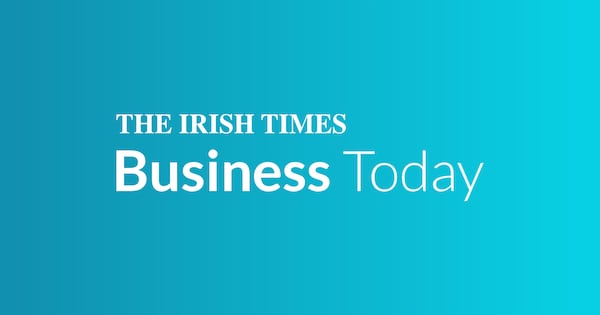AIB has upgraded its forecasts for the Irish economy for this year and next as it has proven to be more resilient than expected against the backdrop of the Trump administration’s trade tariffs and general global uncertainty.
The bank now sees the domestic economy – measured by modified domestic demand, which seeks to strip out the effects of multinationals operating in the State – expanding by 3.2 per cent this year and 2.5 per cent in 2026, according to its latest economic outlook. That is up from estimates of 2.3 per cent and 2 per cent, respectively, published in May, a month after US president Donald Trump’s “Liberation Day” tariffs plan, which he subsequently rowed back on.
“The global macro backdrop has improved since our last Economic Outlook in May 2025. The uncertainty created by the dramatic shift in US trade policy in April is still elevated, but the EU-US trade deal has also brought some predictability for exporters,” said AIB chief economist David McNamara. “Amid this volatility, the Irish economy has been robust, but there are some signs of cooling, particularly in the labour market.”
Underpinning the Irish forecast is an assumption that US tariffs will remain, in effective terms, below the headline 15 per cent rate agreed between Washington and the European Union in July to end months of uncertainty. This is because of opt-outs for specific sectors such as generic pharmaceuticals, aircraft parts, and others, AIB noted.
READ MORE
[ Irish manufacturing growth at 10-month low, data showOpens in new window ]
AIB sees Irish gross domestic product (GDP), a wider measure of the economy, growing 9.1 per cent in 2025 and 3.8 per cent in 2026.
“Irish GDP remains a volatile gauge of activity, as evidenced by the sharp swings in growth in recent quarters, but the globalised nature of Ireland’s GDP also reveals the impact of tariff front-running in the global economy,” the report said.
In the first half of 2025, GDP grew by an enormous 18 per cent year on year, driven almost entirely by activity and exports from Ireland’s multinational sector as companies sought to get ahead of expected tariffs.
However, geopolitical uncertainty remains high and because of that consumer spending and business investment growth in Ireland are still expected to cool going into 2026, according to AIB.
AIB sees the labour market continuing to grow, but given the expected easing in economic growth next year, it expects a more modest expansion in employment. Following a 2.7 per cent rise in 2024 it sees employment growth slowing to 2.1 per cent in 2025 and 1.7 per cent in 2026.
The bank said that an “emerging upside risk” for the economy is the rapid development and deployment of artificial intelligence (AI) technologies. This has the potential to significantly boost private-sector investment in the short term.
“The development and deployment of AI is moving at a rapid pace, boosting equity markets and driving an exceptional investment surge by technology companies,” it said. “While this investment cycle is now boosting GDP, particularly in the US, the long-term productivity growth benefits remain uncertain.”
















